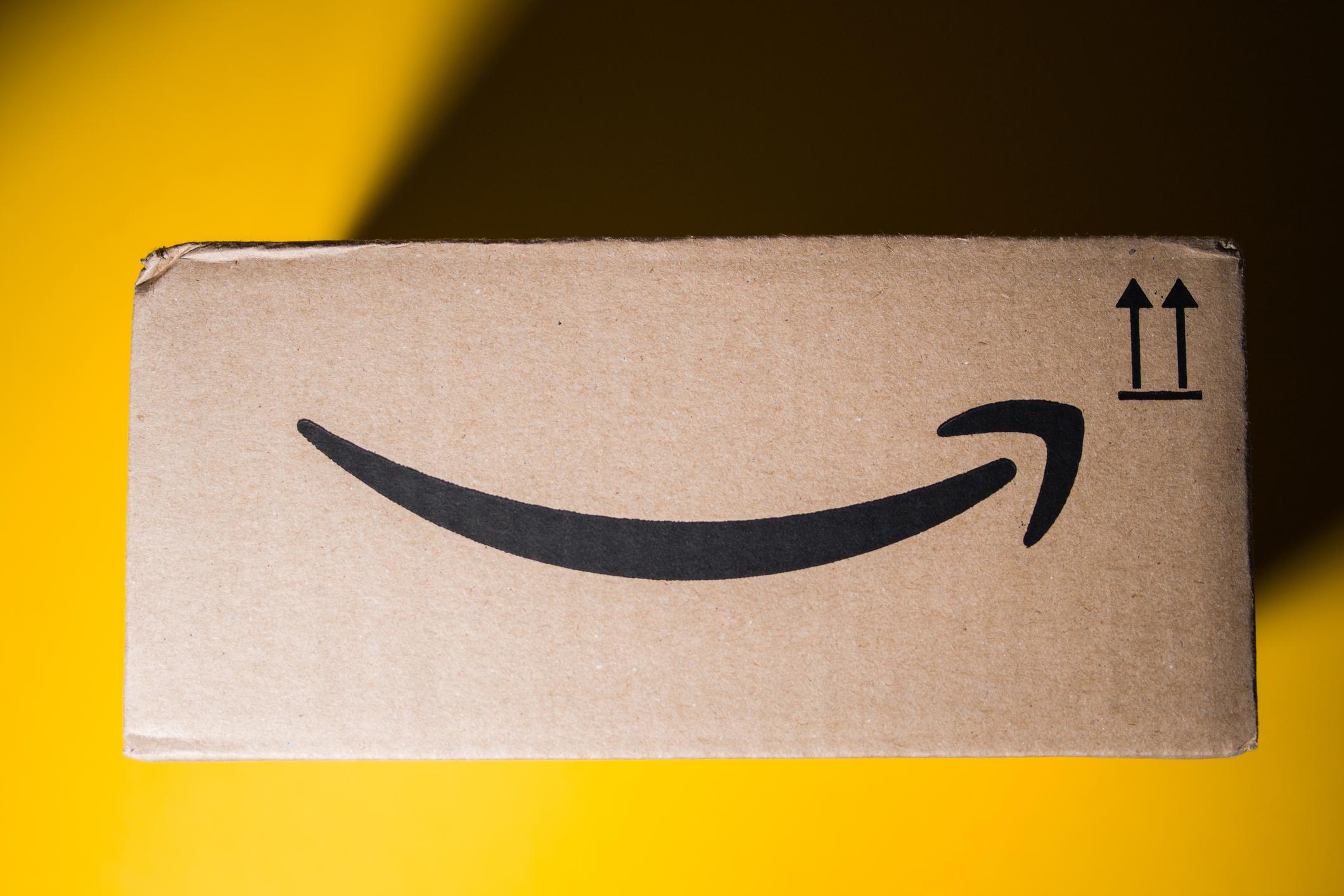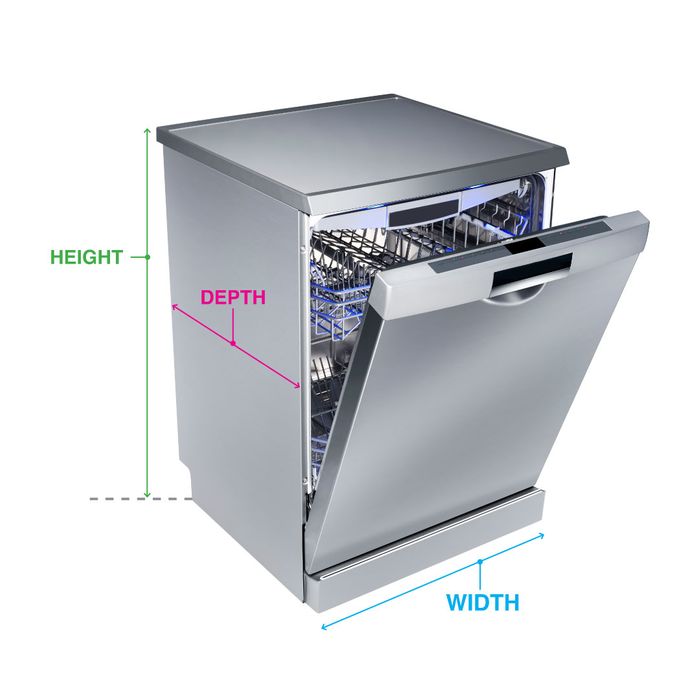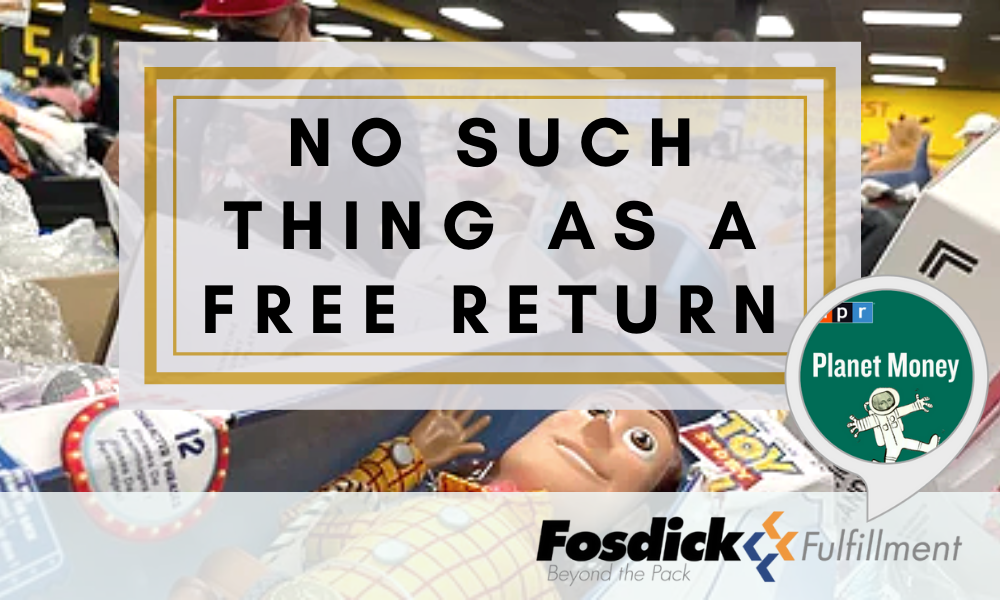Online shopping is fast, fun, convenient, and when it comes to returns processing, perhaps problematic. A shocking declaration, right? A shocking declaration, right? More shocking still is the $114 billion worth of eCommerce goods returned following 2021’s holiday retail peak. But a quick look at the evolution of eCommerce, the implications of COVID, and the tech breakthroughs that continue to bring online shopping to scale, that sum and YoY growth of online returns may not seem so surprising.
First, the nature of online retail as a sales channel is remote. There’s a word we’ve grown to hate, huh?
Here are a few more golden eCommerce marketing phrases that, albeit cliches in their own right, may as well be distinct chapters in the 2021 supply chain narrative:
Fast Free Shipping
 There was a time when the notion that eCommerce would be the way of the future seemed lunacy! How could it possibly be faster and more convenient than the big-box or department store model? Then, in 2005, Amazon rolled out its 2-day shipping Prime membership – and so began the era of Fast Free Shipping.
There was a time when the notion that eCommerce would be the way of the future seemed lunacy! How could it possibly be faster and more convenient than the big-box or department store model? Then, in 2005, Amazon rolled out its 2-day shipping Prime membership – and so began the era of Fast Free Shipping.
Now, clearly, it would take a bit before the model was truly viable, and even longer for other online retailers to work their way back into competition with Prime shipping.
Fast forward to 2021…
2-day shipping is the ground floor, the absolute bare minimum an online retailer could offer to entice consumers. Meanwhile, within hours of crushing the “place your order” button on Amazon, shoppers have unmarked cars in their driveways and smile-arrow branded boxes on their doorsteps.
 For a time, there was still the argument that buying online, even despite delivery speeds, might not be as seamless or even applicable to shoppers who require a more tactile retail experience. These are the folks who thrive in a world of plastic number tags and slimming fitting-room mirrors; who bring their own tape measurer to Home Depot and can be found in the Home Goods half of TJ Maxx on FaceTime perusing chachkas.
For a time, there was still the argument that buying online, even despite delivery speeds, might not be as seamless or even applicable to shoppers who require a more tactile retail experience. These are the folks who thrive in a world of plastic number tags and slimming fitting-room mirrors; who bring their own tape measurer to Home Depot and can be found in the Home Goods half of TJ Maxx on FaceTime perusing chachkas.
That brings us to eCommerce golden marketing phrase #2 – Try Before You Buy
Now, the tech folks didn’t make this one up, but they certainly perfected it. From an eCommerce standpoint, the try before you buy trailblazers includes the likes of Warby Parker and, of course, Zappos. From Planet Money’s “No Such Thing as a Free Return.”
And in the early 2000s, the returns problem would grow much bigger. For a long time, many people had been hesitant to buy stuff online. Things they could test or touch in person. But then online retailers, led famously by one shoe seller, Zappos, found a solution by opening up Pandora’s box of Free and Easy Returns!
Zappos encouraged you to buy multiple styles, multiple sizes, try them on at home, we’ll pay for any returns. Once that bar was set, how does anybody exceed it? They are all scrambling just to meet it.
The anything-goes approach to returns precipitated what has become the equivalent of online impulse buying. And why not? What’s stopping consumers or even causing hesitation?
Let’s look at Amazon once more
Consumers can initiate a return with one click. From there, Amazon issues a return “label” via email, which can be scanned and processed from your mobile device. The hardest part is physically transporting the goods (which for the most part do not need to be boxed) to any of the big box and carrier locations listed below:
- Kohls.
- Whole Foods Market.
- The UPS Store.
- Amazon.
- UPS Drop-off Points.
- Amazon Locker.
- UPS Pick up.
Of course, both Amazon and Zappos are extreme examples of dummy-proof online returns. But Amazon is the largest online marketplace by a mile, and responsible for over 50% of all online sales. If the path to returns is so unimpeded for consumers of over half the stuff purchases online, it’s a wonder 2021’s returns aren’t nearing the $200 billion mark.
Oh, one last thing – Amazon bought Zappos in 2009 for over a billion dollars.


